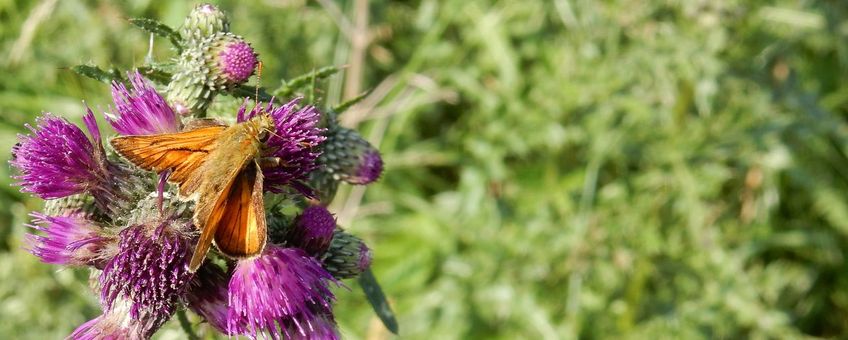
Grassland butterflies at shockingly low numbers
Dutch Butterfly ConservationAround 500 species of butterflies occur in Europe. They are much-loved insects in many different cultures and have been systematically monitored for 50 years – initially only in the United Kingdom, but since 1990 in an increasing number of countries across Europe, and beyond. In 2023, butterflies were counted and monitored on 5,882 locations in 30 countries, including all the EU countries. Thanks to all these surveys, some of which have been conducted at the same sites for decades, we can track the changing fortunes of the different species and derive indicators to monitor the change in butterfly biodiversity as a whole. This indicator is a vital test of the sustainability of development and the health of our planet.

Article 11 of the EU Nature Restoration Regulation gives special attention to grassland butterflies – one of the key indicators for the recovery of nature in agricultural ecosystems in EU Member States (MSs). The dedicated EU Grassland Butterfly Indicator, comprises population trends for 17 European species, including both scarce and widespread grassland butterflies. This Indicator is underpinned by records of the abundance of these species recorded from observations by expert citizen scientists walking transects in all EU Member States.
Among the species in the Grassland Butterfly Indicator is the Wall Brown (Lasiommata megera) which is still commonly seen in the southern half of Europe (see figure below) but has declined dramatically elsewhere, for example a reduction in number by more than 98 percent in the Netherlands since 1992. Just over thirty years ago, this species was much more common and widespread. While the decline is not as stark in other regions across the European Union, the species has seen an overall decline of 60 percent, with most important decreases occurring in the northern part of the EU.
As part of the European Commission funded project 'Expanding Monitoring of Butterflies for Restoration And Conservation across Europe 2021–2026' (EMBRACE), we calculated and combined into a single index the trends of the 17 species to produce the Grassland Butterfly Indicator (see figure above). Eurostat used this indicator in the 2025 edition of its report 'Sustainable development in the European Union – Monitoring report on progress towards the SDGs in an EU context' (pdf: 26.9 MB). Since 1991, the average abundance of the 17 grassland butterfly species has declined by 50 percent in 2023, revealing shockingly low numbers of these characteristic butterflies and highlighting the urgent need for more action to sustain and restore semi natural grassland habitats. This is vital for other pollinators too – including bees and hoverflies – and the essential pollinating services all these insects provide.
Text: Chris van Swaay, Dutch Butterfly Conservation, DBC; Sue Collins, Butterfly Conservation Europe, BCE; Reto Schmucki, UK CEH; Richard Fox, Butterfly Conservation UK; Cristina Sevilleja, DBC & BCE; and Irma Wynhoff, DBC & BCE
Images: Kars Veling (lead photo: one of the grassland butterflies: Large Skipper (Ochlodes sylvanus)); BCE; EMBRACE


